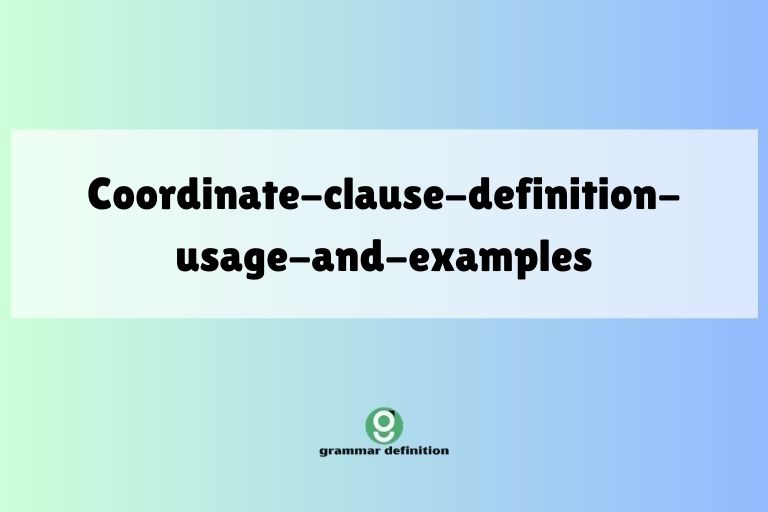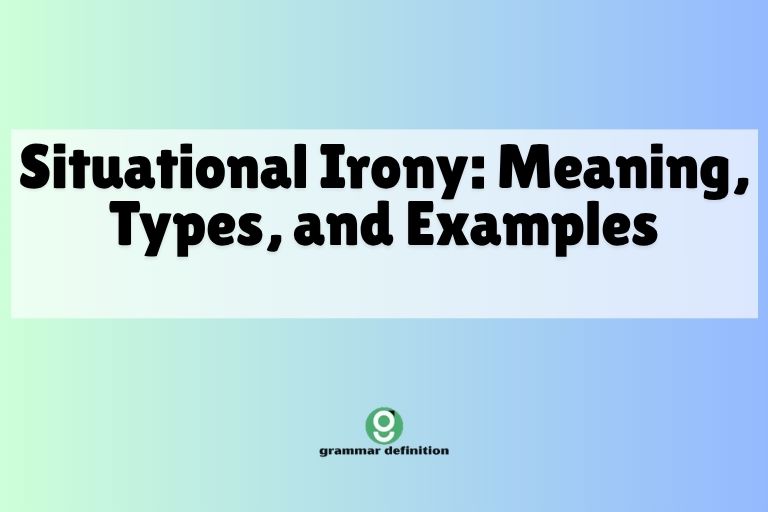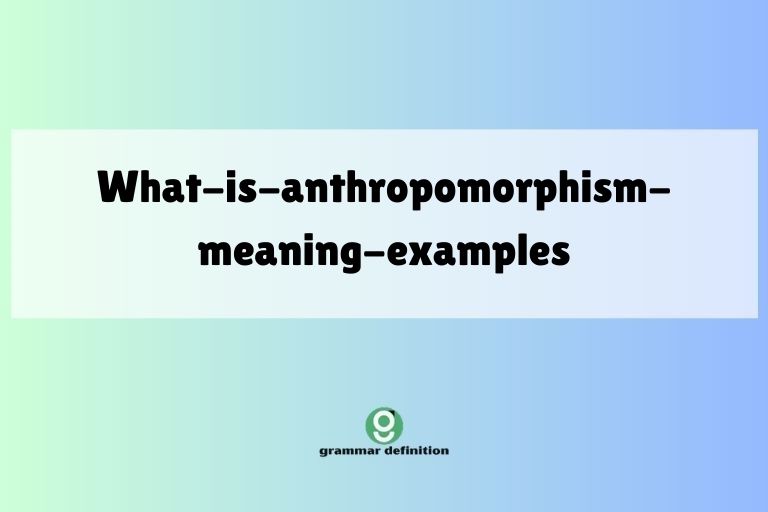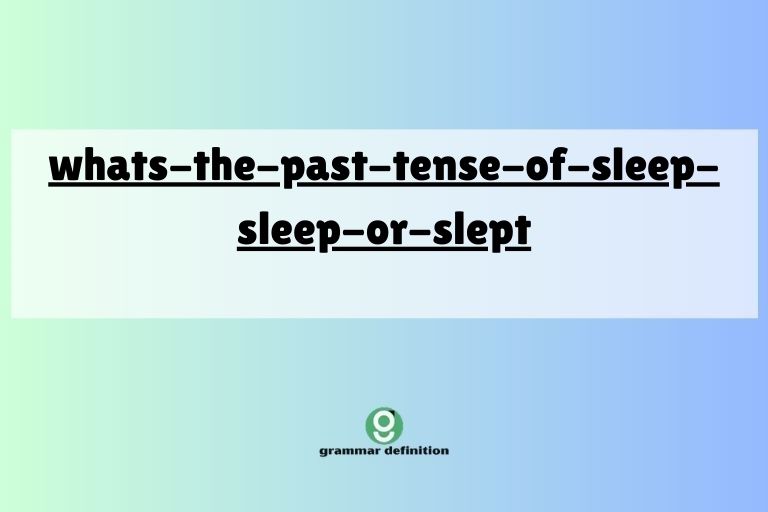What’s the Plural of Woman? A Comprehensive Guide
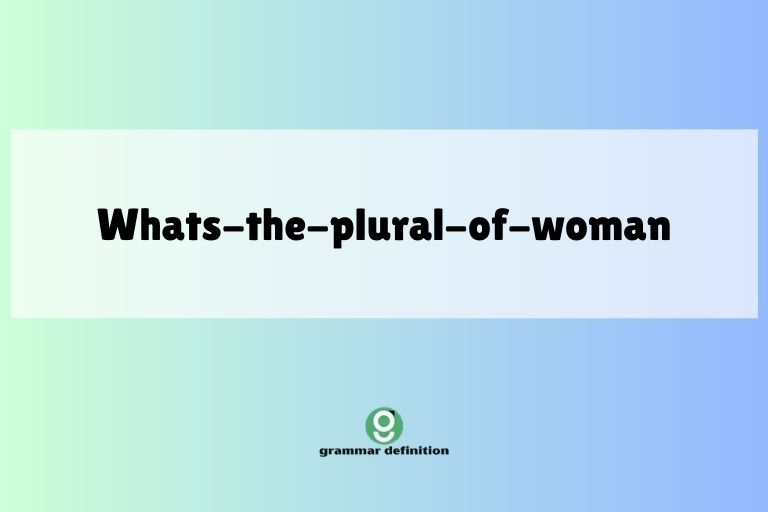
Understanding how to form the plural of irregular nouns like “woman” is crucial for accurate and effective communication in English. This article provides a detailed exploration of the pluralization of “woman,” covering its definition, structural elements, usage rules, common mistakes, and advanced topics.
Whether you’re a student, a language learner, or simply someone looking to improve their grammar skills, this guide will equip you with the knowledge and practice you need to confidently use “women” in your writing and speech.
Table of Contents
- Definition of “Woman” and “Women”
- Structural Breakdown: From Singular to Plural
- Examples of “Woman” and “Women” in Sentences
- Usage Rules for “Woman” and “Women”
- Common Mistakes with “Woman” and “Women”
- Practice Exercises
- Advanced Topics: Compound Nouns and Collocations
- Frequently Asked Questions
- Conclusion
Definition of “Woman” and “Women”
The word “woman” refers to an adult female human being. It is a singular noun, meaning it represents one individual.
The word “women,” on the other hand, is the plural form of “woman,” representing two or more adult female human beings. Understanding the distinction between these two words is fundamental for grammatical accuracy and clear communication.
In terms of classification, both “woman” and “women” are common nouns, specifically countable nouns. This means they refer to a general type of person and can be counted. Their function in a sentence can vary; they can act as subjects, objects, complements, or even parts of prepositional phrases. The context in which these words are used is crucial for understanding their specific role and meaning within a sentence or paragraph.
Structural Breakdown: From Singular to Plural
The pluralization of “woman” to “women” is a classic example of an irregular noun in English. Unlike regular nouns that form their plural by adding “-s” or “-es” to the end of the word, “woman” undergoes a vowel change. The “a” in “woman” changes to “e” to form “women.” This type of irregular pluralization is relatively common in English, particularly with words of Germanic origin.
This vowel change is a remnant of historical linguistic processes. In Old English, nouns had different endings to indicate their grammatical number (singular or plural).
Over time, many of these endings were lost, leaving behind only the vowel change in certain words like “woman,” “man,” and “foot.” Understanding this historical context can help learners appreciate the complexities of English grammar and the reasons behind its seemingly arbitrary rules.
Examples of “Woman” and “Women” in Sentences
The following tables provide a comprehensive list of examples illustrating the correct usage of “woman” and “women” in various contexts. These examples demonstrate how these words function as subjects, objects, and within prepositional phrases.
Examples of “Woman” in Sentences
This table shows various examples of how the word “woman” is used in sentences. The examples cover different contexts and grammatical roles of the word.
| Sentence | Grammatical Role |
|---|---|
| The woman is wearing a red dress. | Subject |
| I saw a woman standing by the window. | Object |
| She is a strong woman. | Complement |
| The book was written by a talented woman. | Object of Preposition |
| Every woman deserves respect. | Subject |
| He dedicated the song to the woman he loved. | Object of Preposition |
| That woman is a doctor. | Complement |
| I met a woman from Spain. | Object |
| The woman spoke with confidence. | Subject |
| He admired the woman‘s courage. | Possessive |
| A woman walked into the room. | Subject |
| I helped an elderly woman cross the street. | Object |
| She is known as a wise woman. | Complement |
| The story is about a woman‘s journey. | Object of Preposition |
| This woman is my colleague. | Subject |
| He gave the flower to the woman. | Object of Preposition |
| She is a remarkable woman. | Complement |
| I saw a young woman reading a book. | Object |
| The woman smiled warmly. | Subject |
| The picture of the woman was beautiful. | Object of Preposition |
| That woman over there is my sister. | Subject |
| I interviewed a woman for the job. | Object |
| She is considered a successful woman. | Complement |
| The advice from the woman was invaluable. | Object of Preposition |
| A woman answered the phone. | Subject |
| He respected the woman‘s opinion. | Possessive |
| She is a compassionate woman. | Complement |
| I noticed a woman in the crowd. | Object |
Examples of “Women” in Sentences
This table shows various examples of how the word “women” is used in sentences. The examples cover different contexts and grammatical roles of the word.
| Sentence | Grammatical Role |
|---|---|
| The women are discussing the project. | Subject |
| I saw several women at the conference. | Object |
| They are strong women. | Complement |
| The article was written by talented women. | Object of Preposition |
| All women deserve equal rights. | Subject |
| He dedicated the award to the women who inspired him. | Object of Preposition |
| Those women are doctors. | Complement |
| I met some women from different countries. | Object |
| The women spoke with passion. | Subject |
| He admired the women‘s dedication. | Possessive |
| Women walked into the room. | Subject |
| I helped elderly women cross the street. | Object |
| They are known as wise women. | Complement |
| The story is about women‘s empowerment. | Object of Preposition |
| These women are my colleagues. | Subject |
| He gave the flowers to the women. | Object of Preposition |
| They are remarkable women. | Complement |
| I saw young women reading books. | Object |
| The women smiled warmly. | Subject |
| The picture of the women was beautiful. | Object of Preposition |
| Those women over there are my sisters. | Subject |
| I interviewed several women for the job. | Object |
| They are considered successful women. | Complement |
| The advice from the women was invaluable. | Object of Preposition |
| Women answered the phones. | Subject |
| He respected the women‘s opinions. | Possessive |
| They are compassionate women. | Complement |
| I noticed some women in the crowd. | Object |
Comparison of “Woman” and “Women” in Similar Contexts
This table helps to illustrate the difference between “woman” and “women” by showing them used in similar contexts. This side-by-side comparison can help solidify understanding.
| Singular (“Woman”) | Plural (“Women”) |
|---|---|
| The woman is a doctor. | The women are doctors. |
| I saw a woman walking her dog. | I saw women walking their dogs. |
| She is a strong woman in a leadership role. | They are strong women in leadership roles. |
| The award was given to a deserving woman. | The awards were given to deserving women. |
| Each woman has a unique perspective. | All women have unique perspectives. |
| The woman shared her story. | The women shared their stories. |
| I admire that woman‘s courage. | I admire those women‘s courage. |
| A woman spoke at the conference. | Women spoke at the conference. |
| The woman is wearing a hat. | The women are wearing hats. |
| I spoke to the woman about her research. | I spoke to the women about their research. |
| She is a talented woman. | They are talented women. |
| The book is about a woman‘s life. | The book is about women‘s lives. |
| This woman is my friend. | These women are my friends. |
| He gave the gift to the woman. | He gave the gifts to the women. |
| She is known as a wise woman. | They are known as wise women. |
| I saw the woman in the store. | I saw the women in the store. |
| The woman smiled at me. | The women smiled at me. |
| The picture of the woman is on the wall. | The pictures of the women are on the wall. |
| That woman is my neighbor. | Those women are my neighbors. |
| I interviewed the woman for the position. | I interviewed the women for the positions. |
| She is considered a respected woman. | They are considered respected women. |
| The advice from the woman was helpful. | The advice from the women was helpful. |
| A woman answered the question. | Women answered the questions. |
| He values the woman‘s opinion. | He values the women‘s opinions. |
| She is a caring woman. | They are caring women. |
| I noticed the woman in the audience. | I noticed the women in the audience. |
Usage Rules for “Woman” and “Women”
The primary rule is simple: Use “woman” when referring to one adult female and “women” when referring to two or more. However, certain nuances and exceptions can arise, particularly in compound nouns and gender-neutral language.
Singular: Use “woman” when referring to one adult female. For example, “The woman is a doctor.”
Plural: Use “women” when referring to two or more adult females. For example, “The women are doctors.”
Compound Nouns: When “woman” is part of a compound noun, the pluralization often affects both parts of the compound. For example, “woman doctor” becomes “women doctors,” and “woman lawyer” becomes “women lawyers.” However, some compound nouns containing “woman” might not follow this pattern strictly. In such cases, context and common usage dictate the correct form.
Gender-Neutral Language: In contemporary English, there is a growing emphasis on using gender-neutral language to avoid bias and promote inclusivity. While “woman” and “women” are inherently gendered terms, it’s important to be mindful of their usage and consider alternatives when appropriate. For example, instead of saying “businesswoman,” one might use “businessperson” or “entrepreneur.”
Common Mistakes with “Woman” and “Women”
One of the most common mistakes is using “woman” in place of “women” when referring to multiple females. This is often due to a simple oversight or a lack of awareness of the irregular pluralization.
Another common error is using “womens” as the plural form, which is grammatically incorrect.
Below, we have provided a table of common mistakes with corrected examples.
| Incorrect | Correct | Explanation |
|---|---|---|
| I saw a group of woman at the park. | I saw a group of women at the park. | “Woman” is singular; “women” is plural. |
| The womens are meeting tomorrow. | The women are meeting tomorrow. | “Womens” is not a correct plural form. |
| Each woman have different opinions. | Each woman has different opinions. | Singular subject “woman” requires singular verb “has.” |
| The woman are strong. | The women are strong. | “Woman” is singular; “women” is plural. |
| The company needs more woman. | The company needs more women. | “Woman” is singular; “women” is plural. |
| A woman are leading the team. | Women are leading the team. | “A woman” is singular, so to use “are” the word must be pluralized. |
| That woman are my friends. | Those women are my friends. | “That woman” is singular, so to use “are” the word must be pluralized. |
| I know a woman who are doctors. | I know women who are doctors. | “A woman” does not match the plural verb “are”. |
| Every woman have the right to vote. | Every woman has the right to vote. | “Every woman” is singular, so the verb must be singular as well. |
| The woman’s is very busy. | The women are very busy. | “Woman’s” is used to show possession, “women” is plural. |
Practice Exercises
Test your understanding of the pluralization of “woman” with these practice exercises. Fill in the blanks with the correct form: “woman” or “women.”
Exercise 1: Fill in the Blanks
Complete each sentence with the correct form of the word “woman” (“woman” or “women”).
| Question | Answer |
|---|---|
| 1. The ______ in the painting is wearing a blue dress. | woman |
| 2. Several ______ attended the conference on gender equality. | women |
| 3. She is a strong ______ and a role model for many. | woman |
| 4. The article discussed the contributions of ______ to science. | women |
| 5. Every ______ deserves to be treated with respect. | woman |
| 6. The group of ______ is working on a new project. | women |
| 7. I saw a ______ walking her dog in the park. | woman |
| 8. These ______ are all doctors at the hospital. | women |
| 9. He is married to a wonderful ______. | woman |
| 10. The ______ spoke passionately about her experiences. | woman |
Exercise 2: Correct the Errors
Identify and correct the errors in the following sentences related to the usage of “woman” and “women.”
| Question | Answer |
|---|---|
| 1. I saw a group of woman at the store. | I saw a group of women at the store. |
| 2. The womens are meeting tomorrow afternoon. | The women are meeting tomorrow afternoon. |
| 3. Each woman have different opinions on the matter. | Each woman has different opinions on the matter. |
| 4. The woman are strong and resilient. | The women are strong and resilient. |
| 5. The company needs more woman in leadership positions. | The company needs more women in leadership positions. |
| 6. A woman are leading the team to success. | Women are leading the team to success. |
| 7. That woman are my best friends from college. | Those women are my best friends from college. |
| 8. I know a woman who are doctors at the hospital. | I know women who are doctors at the hospital. |
| 9. Every woman have the right to express their opinions. | Every woman has the right to express her opinions. |
| 10. The woman’s opinions are highly valued here. | The women’s opinions are highly valued here. |
Exercise 3: Sentence Completion
Complete the following sentences using either “woman” or “women” in a way that makes sense grammatically and contextually.
| Question | Answer |
|---|---|
| 1. The conference was attended by ______ from all over the world. | women |
| 2. She is a remarkable ______ who has achieved great success in her field. | woman |
| 3. The book tells the stories of ______ who have made significant contributions to society. | women |
| 4. I saw a ______ sitting on the bench, reading a book. | woman |
| 5. These ______ are all members of the same organization. | women |
| 6. He is a strong supporter of ______’s rights. | women |
| 7. The ______ in the photograph is my grandmother. | woman |
| 8. The organization aims to empower ______ in developing countries. | women |
| 9. She is a talented ______ with a bright future ahead of her. | woman |
| 10. The ______ were protesting for equal pay. | women |
Advanced Topics: Compound Nouns and Collocations
Beyond the basic pluralization rule, the use of “woman” and “women” can become more complex in compound nouns and specific collocations. Understanding these nuances is essential for advanced learners aiming for native-like fluency.
Compound Nouns: As mentioned earlier, most compound nouns formed with “woman” follow the pattern of pluralizing both parts: “woman doctor” becomes “women doctors.” However, some exceptions exist, often due to established usage or idiomatic expressions. For instance, “woman suffrage” (referring to the right of women to vote) is more common than “women suffrage,” although the latter is not necessarily incorrect. Similarly, “woman-hours” (a unit of labor) is often preferred over “women-hours,” though both can be found.
Collocations: Certain collocations (words that frequently appear together) involving “woman” and “women” have specific connotations and usage patterns. For example, “women’s rights” is a common collocation referring to the rights and entitlements claimed for women and girls worldwide. Other common collocations include “women’s health,” “women’s education,” and “women’s empowerment.” These collocations often appear in formal writing and discussions related to gender equality and social justice.
Gender-Neutral Alternatives in Professional Titles: It’s becoming increasingly common to replace “woman” in professional titles with gender-neutral terms. “Chairperson” is often used instead of “chairwoman,” and “police officer” is preferred over “policewoman.” This shift reflects a broader movement towards inclusive language that avoids unnecessary gender distinctions.
Frequently Asked Questions
Here are some frequently asked questions about the pluralization and usage of “woman” and “women.”
- Why is the plural of “woman” “women” and not “womans”?
The pluralization of “woman” to “women” is an example of an irregular plural in English. This irregular form is due to the word’s historical roots in Old English, where vowel changes were a common way to indicate plurality. Over time, most nouns adopted the “-s” or “-es” ending for pluralization, but some, like “woman,” retained their original vowel change. - Is it ever correct to use “womens”?
No, “womens” is not a grammatically correct plural form of “woman.” The correct plural form is always “women.” “Womens” is sometimes mistakenly used, but it should be avoided in formal writing and speech. - How do I know when to use “woman” vs. “women” in a sentence?
Use “woman” when referring to one adult female. Use “women” when referring to two or more adult females. Pay attention to the context of the sentence and the number of individuals being discussed. - Are there any exceptions to the rule of pluralizing “woman” to “women”?
The primary rule is that “woman” becomes “women” in the plural. However, in compound nouns like “woman suffrage,” the pluralization might be less strict, and “woman suffrage” is more commonly used than “women suffrage.” Context and common usage often dictate the preferred form in such cases. - What is the best way to remember the plural of “woman”?
Practice using the words “woman” and “women” in sentences and pay attention to how they are used in written and spoken English. You can also create flashcards or use online grammar quizzes to reinforce your understanding. - How has the usage of “woman” and “women” changed over time?
The basic grammatical rules for “woman” and “women” have remained consistent. However, societal attitudes and language preferences have influenced how these words are used, particularly in relation to gender neutrality and inclusivity. There is a growing awareness of the importance of using respectful and inclusive language when referring to women. - Are there any specific style guides that address the usage of “woman” and “women”?
Most major style guides, such as the AP Stylebook and the Chicago Manual of Style, provide guidance on the proper usage of “woman” and “women.” These guides emphasize the importance of using correct grammar and avoiding sexist language. - In what contexts is it more appropriate to use “women” than “woman” (or vice versa)?
Use “woman” when referring to a single individual, such as “The woman is a doctor.” Use “women” when referring to a group or multiple individuals, such as “The women are doctors.” The context should clearly indicate whether you are referring to one or more individuals.
Conclusion
Mastering the pluralization of “woman” to “women” is a fundamental step in achieving grammatical accuracy in English. By understanding the definition, structural elements, usage rules, and common mistakes associated with these words, learners can confidently use them in their writing and speech.
Remember to pay attention to the context of your sentences and practice regularly to reinforce your understanding.
This comprehensive guide has provided you with a detailed exploration of the topic, including numerous examples, practice exercises, and answers to frequently asked questions. Continue to expand your knowledge of English grammar and vocabulary to further enhance your communication skills.
With consistent effort and attention to detail, you can achieve fluency and accuracy in your language use.

